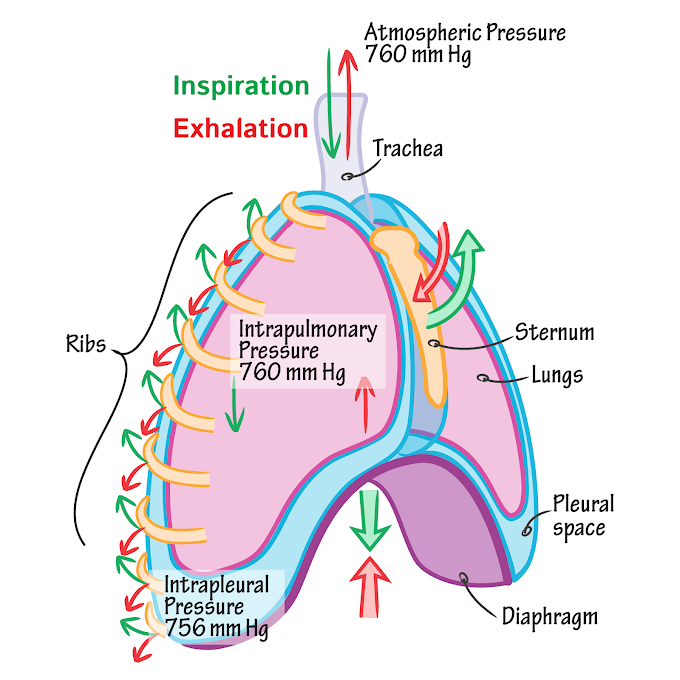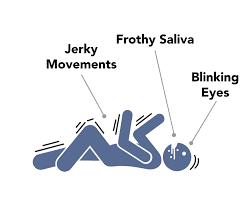Interventions for Gait Training
Strength training
Sit to/from stand transfer
Standing balance training
Gait Training
1. Parallel Bars
- Instruction and training in:
- Set-to-stand and reverse with or without assistive devices.
- Static and dynamic standing balance.
- Use of appropriate gait pattern with or without assistive device while progressing forward and turning.
- Due to limited space it may not be possible to use an assistive device in standard parallel bars.
- Stepping forward, backward, sideward, and turning.
2. Overground Indoors
- Instruction and training in:
- Appropriate gait pattern and use of the assistive device.
- Stepping forward, backward, and sideward with or without resistance.
- Cross stepping and braiding
- Walking over and around objects (i.e., obstacle course)
- Crossing thresholds and entry/exiting through doorways including opening and closing door
- Stairs
- Dual-task walking
- Running
3. Body Weight Support/Treadmill
- Instruction and training in:
- Stepping on the treadmill using body weight support (BWS) with maximally tolerated lower extremity load-bearing progressing to no body weight support (BWS)
- Reciprocal stepping pattern with manual assistance at lower extremities are trunk with normal or near-normal lower extremity and trunk kinematics progressing to no manual assistance
- Production of rhythmic stepping pattern with arm swing and minimal to weight-bearing through the upper extremities
- Progress stepping speed to normal values based on age
- Walk forward, sideward, and backward
- Strategies to minimize abnormal/compensatory movement patterns
- Strategies to improve aerobic capacity
4. Overground Community
- Instruction and training in:
- Curb climbing, negotiating ramps, stairs, and sloped surfaces
- Walking over even and uneven terrain
- Walking within imposed timing requirement (e.g., crossing at a red light, walking onto an elevator, walking through a revolving door)
- Walking for long distances
- Walking at varying speeds, walk using a rhythmic timing device (e.g., metronome)
- Dual-task walking
- Waking in open environment with distracters
- Entering and exiting transportation vehicles
- Running
5. Body Weight Support/Overground
- Instruction and training in:
- Walking overground with maximally tolerated lower extremity load-bearing progressing to no BWS
- Use of assistive device for walking on level surfaces
- Reciprocal staffing pattern with manual assistance at this with normal or near-normal lower extremity and trunk kinematics progressing to no manual assistance
- Production of rhythmical, coordinated stepping pattern with arm swing and minimal weight bearing through the upper extremities
- Strategies to minimize abnormal/compensatory movement patterns
- Strategies to maintain balance when perturbed






0 Comments